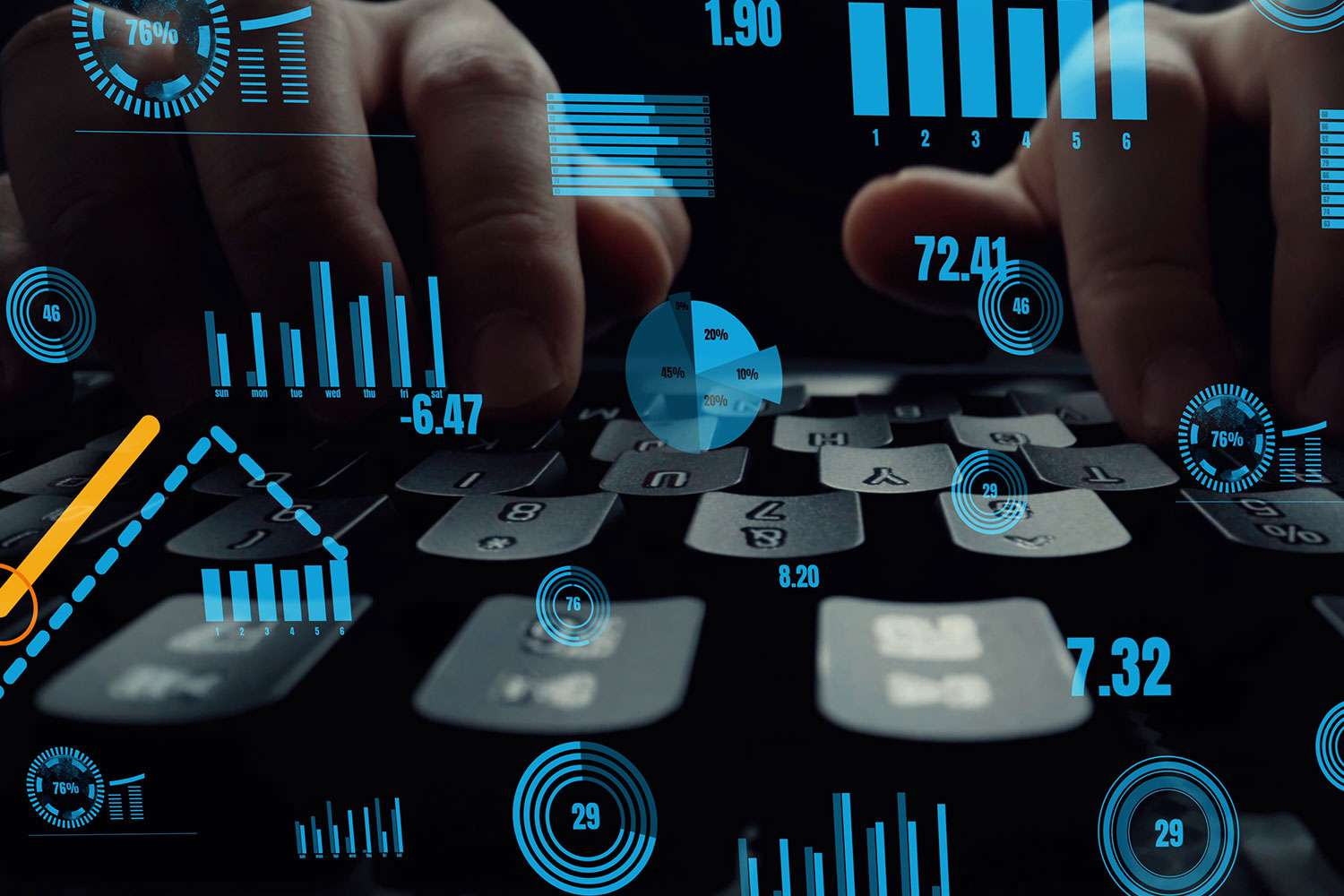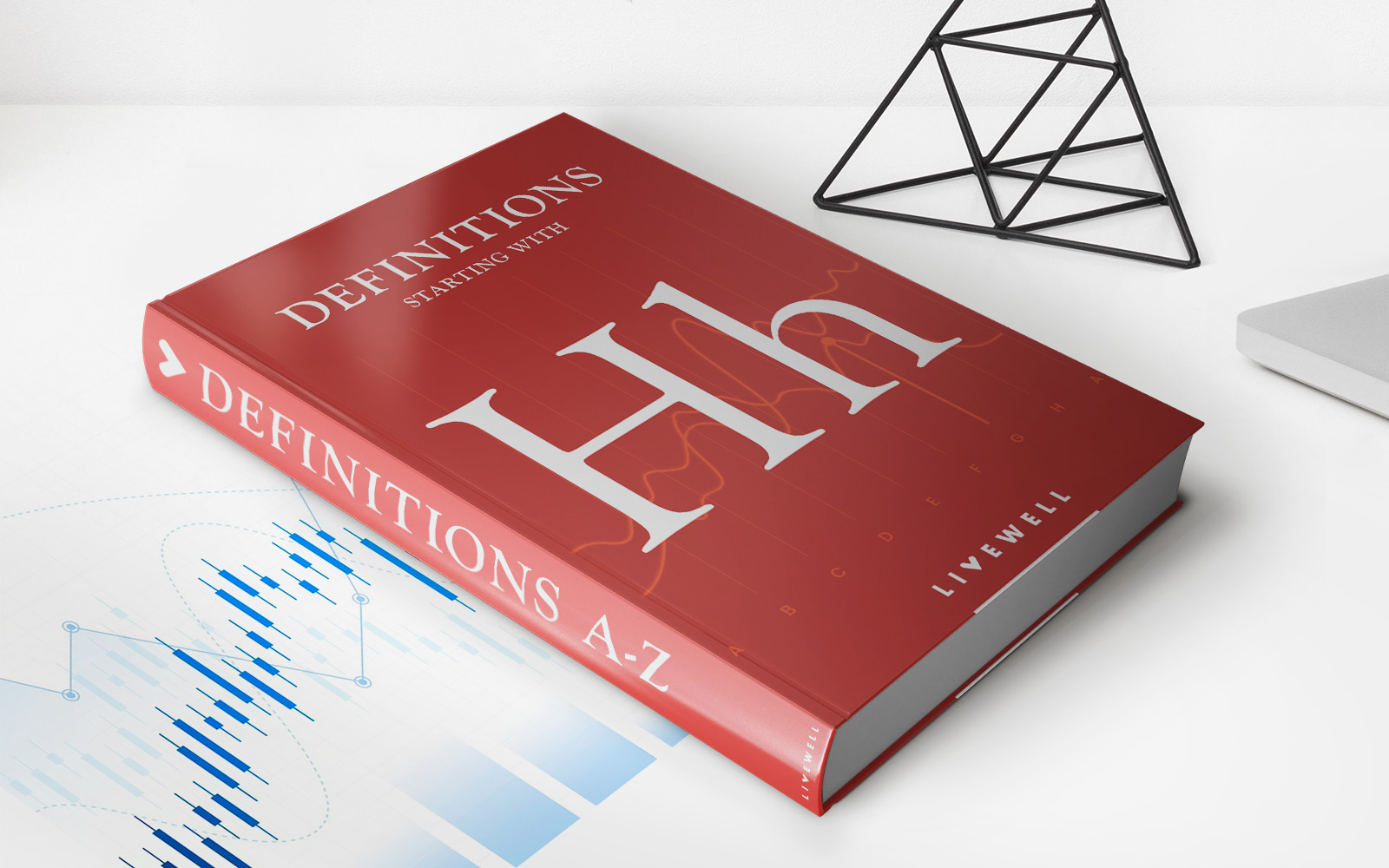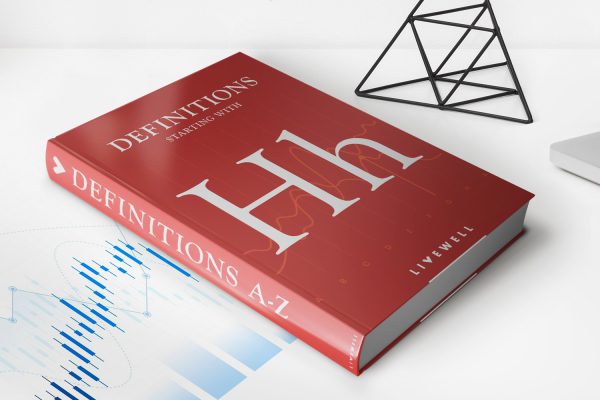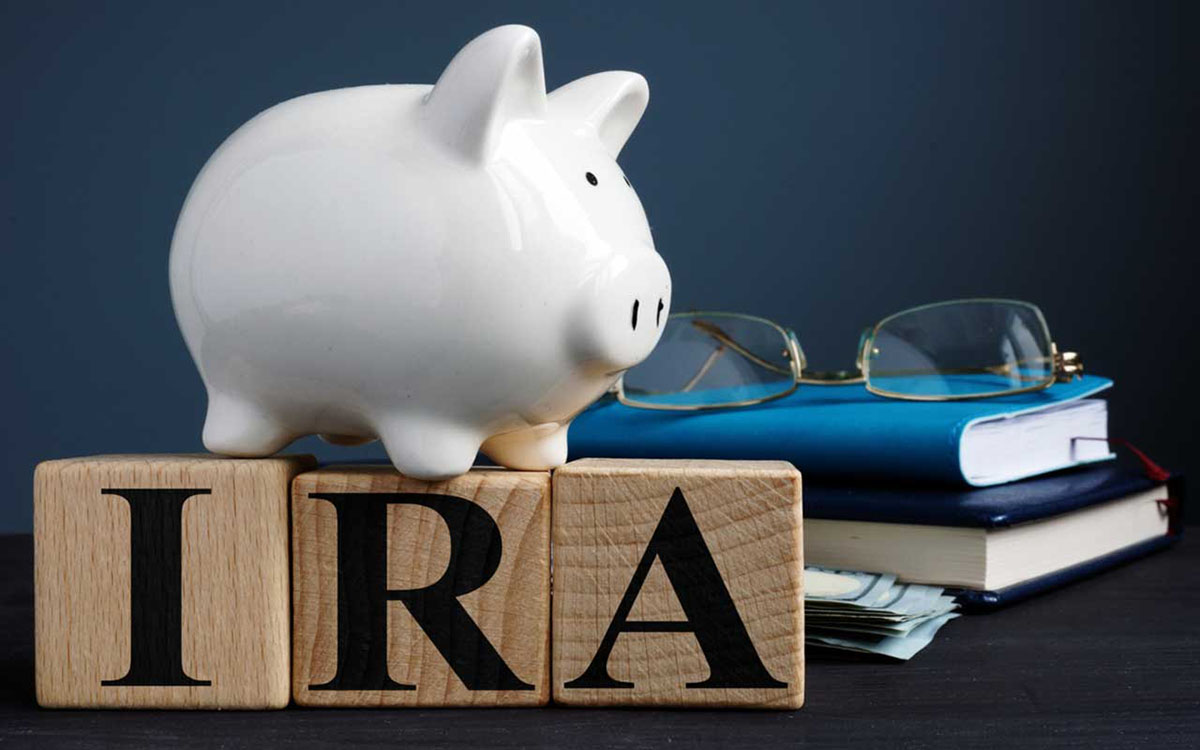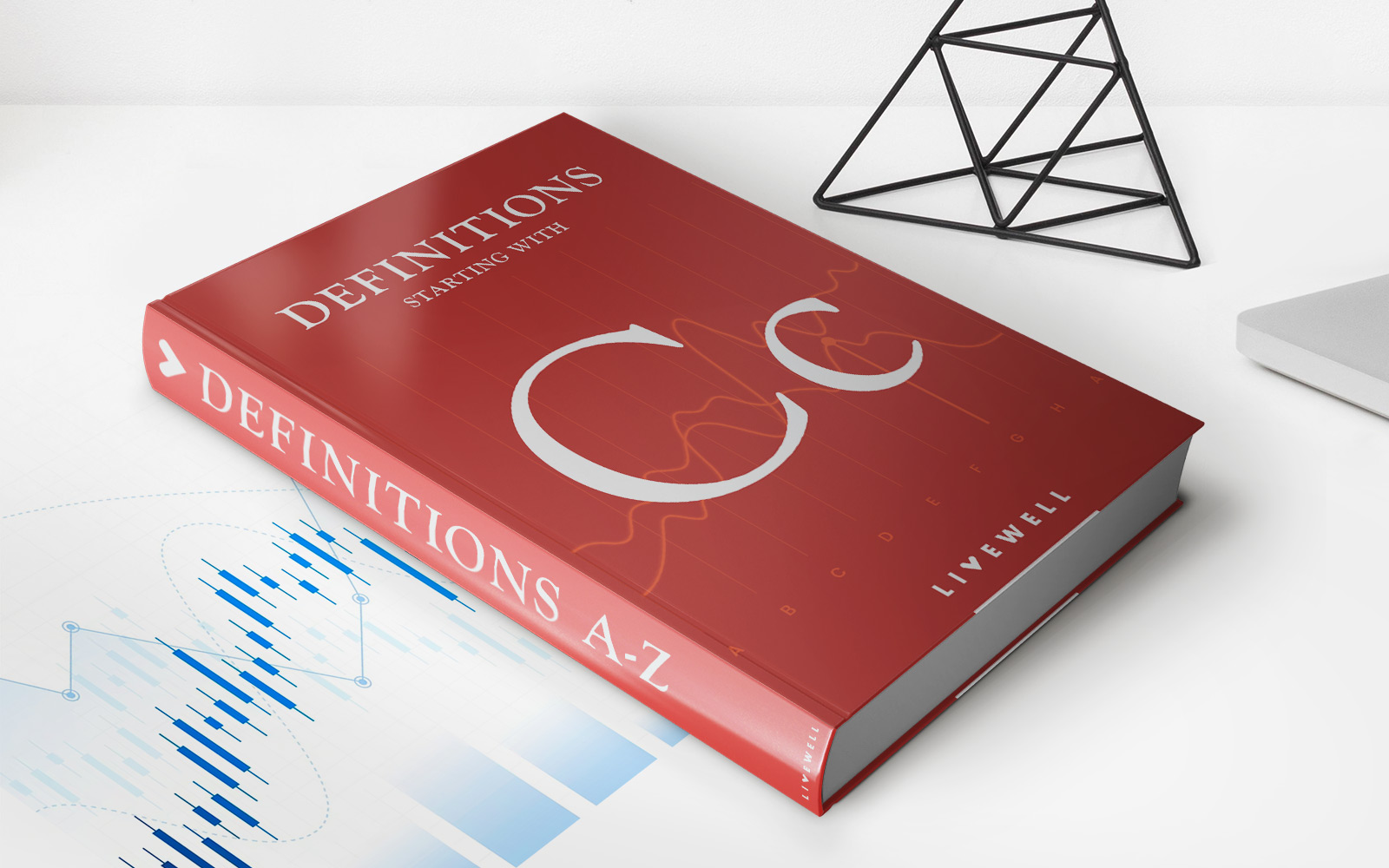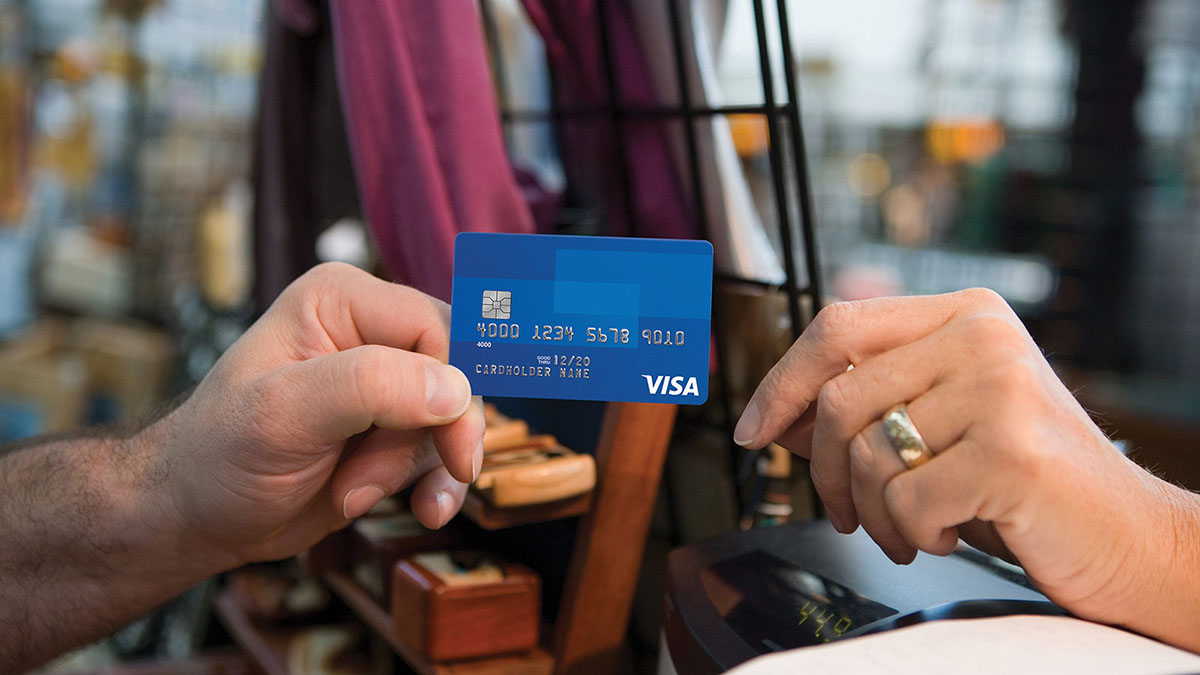Home>Finance>What Is The Downside Of A High-Yield Savings Account


Finance
What Is The Downside Of A High-Yield Savings Account
Modified: December 30, 2023
Discover the drawback of high-yield savings accounts and how they may impact your financial goals. Explore the potential risks and considerations in finance.
(Many of the links in this article redirect to a specific reviewed product. Your purchase of these products through affiliate links helps to generate commission for LiveWell, at no extra cost. Learn more)
Table of Contents
- Introduction
- Definition of a high-yield savings account
- Benefits of a high-yield savings account
- Drawbacks of a high-yield savings account
- Downside 1: Lower liquidity
- Downside 2: Higher minimum balance requirements
- Downside 3: Limited transaction capabilities
- Downside 4: Fluctuating interest rates
- Downside 5: Potential fees
- Conclusion
Introduction
High-yield savings accounts have gained popularity in recent years as individuals seek opportunities to grow their savings with minimal risk. These accounts offer higher interest rates compared to traditional savings accounts, making them an attractive option for those looking to maximize their savings potential. However, it is essential to understand that there are potential downsides to consider when opting for a high-yield savings account.
In this article, we will explore the drawbacks of high-yield savings accounts that you should be aware of before opening one. While these accounts offer many advantages, it is crucial to have a comprehensive understanding of their limitations to make an informed decision about your financial goals.
From lower liquidity to higher minimum balance requirements and limited transaction capabilities, these downsides may impact your ability to access and manage your funds effectively. Additionally, fluctuating interest rates and potential fees can also affect the overall profitability and convenience of a high-yield savings account.
By delving into these potential drawbacks, we aim to provide you with a well-rounded perspective on high-yield savings accounts, empowering you to determine if they align with your financial needs and objectives. Let’s dive into the downsides of a high-yield savings account and explore the implications they may have on your financial journey.
Definition of a high-yield savings account
A high-yield savings account is a type of savings account that offers a higher interest rate than traditional savings accounts. These accounts are typically offered by online banks or financial institutions that prioritize offering competitive rates to attract customers.
Unlike traditional savings accounts that often have low-interest rates, high-yield savings accounts aim to provide a return on your savings that outpaces inflation and helps your money grow over time. The interest rates offered on these accounts can vary depending on market conditions and the specific financial institution.
High-yield savings accounts are accessible, convenient, and secure. They allow account holders to deposit and withdraw funds at any time, making them a flexible option for saving money. Additionally, they are FDIC-insured, which means that even if the bank fails, your deposited funds are protected up to the maximum allowed by the Federal Deposit Insurance Corporation.
To open a high-yield savings account, you typically need to meet certain criteria set by the financial institution. This may include a minimum initial deposit requirement and maintaining a minimum balance to earn the advertised high interest rate. However, these requirements vary from bank to bank, so it is essential to research and compare different options to find one that best suits your financial goals.
Overall, high-yield savings accounts are designed to help individuals maximize their savings potential and earn more interest on their deposited funds. While they offer several benefits, it is crucial to evaluate the downsides associated with these accounts before deciding if they are right for you.
Benefits of a high-yield savings account
A high-yield savings account offers several advantages that make it an appealing option for individuals looking to grow their savings. Understanding these benefits can help you determine if opening a high-yield savings account aligns with your financial goals. Here are some of the key advantages:
-
Higher interest rates: One of the primary benefits of a high-yield savings account is the higher interest rates it offers. These accounts typically provide a more competitive rate of return compared to traditional savings accounts, allowing your savings to grow at a faster pace.
-
Compounding interest: With high-yield savings accounts, interest often compounds daily or monthly, which means that your savings will earn interest not only on the principal amount but also on the interest that has already been earned. This compounding effect can lead to significant growth in your savings over time.
-
Security: High-yield savings accounts are offered by reputable financial institutions and are FDIC-insured, providing a high level of security for your deposited funds. This insurance ensures that even if the bank were to fail, your savings would be protected up to the maximum limit set by the FDIC.
-
Liquidity: Unlike long-term investment options, high-yield savings accounts allow for easy access to your funds. You can make withdrawals or transfers as needed without facing penalties or restrictions, making it a flexible choice for emergency expenses or short-term financial goals.
-
No market risk: High-yield savings accounts offer a guaranteed return on your savings. Unlike investments in stocks or bonds, which are subject to market fluctuations, the interest earned on a high-yield savings account is not tied to the performance of the financial markets. This provides a sense of stability and peace of mind for those seeking a low-risk savings option.
These benefits highlight the potential advantages of a high-yield savings account, allowing you to earn more interest on your savings while maintaining accessibility and security. However, it is important to consider the potential downsides of these accounts to make an informed decision that aligns with your specific financial needs and objectives.
Drawbacks of a high-yield savings account
While high-yield savings accounts offer a range of benefits, it is crucial to weigh them against the potential drawbacks before deciding to open one. Understanding these limitations can help you make an informed decision that aligns with your financial goals. Here are some of the key downsides to consider:
-
Lower liquidity: Unlike traditional savings accounts, high-yield savings accounts may have restrictions on the number of withdrawals or transfers you can make within a given period. Some accounts set limits on the total number of transactions per month, which can hinder immediate access to your funds in case of emergencies or unforeseen expenses.
-
Higher minimum balance requirements: Many high-yield savings accounts require a higher minimum balance to be maintained in order to earn the advertised high interest rate. Falling below the minimum balance threshold may result in a lower interest rate or additional fees, impacting the overall profitability of your savings.
-
Limited transaction capabilities: High-yield savings accounts may have restrictions on certain types of transactions. For example, they may not offer check-writing capabilities or have limited options for transferring funds to external accounts. If you require frequent or specific types of transactions, a high-yield savings account may not provide the functionality you need.
-
Fluctuating interest rates: While high-yield savings accounts generally offer higher interest rates than traditional savings accounts, these rates are not guaranteed to remain constant. They can fluctuate over time based on market conditions and the policies of the financial institution. This means that the interest you earn on your savings may decrease if the interest rate drops.
-
Potential fees: Some high-yield savings accounts may come with fees that can eat into your earnings. These fees can include maintenance fees, transaction fees, or charges for falling below the minimum balance requirements. It is important to carefully review the fee structure of any account you consider to ensure that it aligns with your financial goals.
These drawbacks emphasize the need for a balanced assessment of high-yield savings accounts. While they can help you grow your savings, it is essential to consider the potential limitations they may pose. Analyzing your financial needs and objectives will allow you to determine if a high-yield savings account is the right fit for your circumstances.
Downside 1: Lower liquidity
One significant downside of high-yield savings accounts is their lower liquidity compared to traditional savings accounts. While these accounts offer the benefit of earning higher interest rates, they often come with restrictions on the number of withdrawals or transfers you can make within a given period.
Unlike standard savings accounts, which typically allow unlimited transactions, high-yield savings accounts may limit the number of withdrawals or transfers to as few as six per month. These limitations are imposed to comply with federal regulations, specifically the Federal Reserve’s Regulation D, which governs the number of certain types of transactions a savings account can have.
This lower liquidity can pose a challenge when it comes to accessing your funds. If you encounter an unexpected expense or need immediate access to your savings, you may find yourself exceeding the allotted monthly withdrawal limit. In such cases, you may face penalties or restrictions on further transactions for the rest of the month.
While this limitation promotes savings discipline and prevents frequent withdrawals, it is important to consider whether it aligns with your financial needs. If you anticipate requiring more flexibility and frequent access to your funds, a high-yield savings account’s lower liquidity may be a drawback for you.
It is worth noting that exceeding the monthly transaction limit can result in fees or the conversion of your high-yield savings account into a regular savings account that offers lower interest rates. Therefore, it is crucial to carefully consider your spending and savings habits to ensure that the restricted liquidity of a high-yield savings account is suitable for your financial situation.
Ultimately, if you prioritize the ability to access your funds easily and frequently, you may find that a traditional savings account or a different financial product better suits your needs.
Downside 2: Higher minimum balance requirements
Another drawback of high-yield savings accounts is that they often come with higher minimum balance requirements compared to traditional savings accounts. Financial institutions may require you to maintain a certain minimum balance in your high-yield savings account to qualify for the advertised high interest rate.
These minimum balance requirements vary across banks and can range from a few hundred dollars to several thousand dollars. Falling below the required minimum balance can result in a decrease in the interest rate you earn or may even incur additional fees.
The higher minimum balance requirements of high-yield savings accounts can be a challenge for individuals who have limited savings or who may need to access their funds for unexpected expenses. It can be frustrating to limit your withdrawals or maintain a higher balance just to qualify for the higher interest rate.
Additionally, if you fail to meet the minimum balance requirement, some banks may charge a maintenance fee, reducing the overall profitability of your savings.
Before opening a high-yield savings account, it is important to assess your financial situation and determine whether you can comfortably maintain the required minimum balance. If you anticipate needing to dip below the minimum balance regularly or if you’re uncertain about your ability to meet the requirement consistently, a high-yield savings account with higher minimum balance requirements may not be the best fit for you.
However, if you have a significant amount of savings or can consistently maintain the minimum balance, a high-yield savings account can be a valuable addition to your financial portfolio, allowing you to earn more interest on your savings.
Ultimately, weighing the higher minimum balance requirements against your financial situation and goals will help you determine if a high-yield savings account is the right choice for you.
Downside 3: Limited transaction capabilities
One downside of high-yield savings accounts is their limited transaction capabilities compared to traditional checking accounts. While high-yield savings accounts offer an opportunity to earn higher interest on your savings, they may not provide the same level of transactional convenience.
Unlike checking accounts, which often come with features like check-writing abilities or debit cards for easy access to funds, high-yield savings accounts generally have more limited transaction options. These accounts typically do not offer check-writing capabilities, and some may not provide a debit card for ATM withdrawals or point-of-sale transactions.
Additionally, high-yield savings accounts may have restrictions on transferring funds to external accounts. While you can usually transfer funds to and from your primary transactional accounts, such as checking accounts, making transfers to third-party accounts or initiating bill payments may be limited or unavailable.
These limitations can be an inconvenience if you rely on frequent transactions or need immediate access to your funds for day-to-day expenses. If you require the flexibility to pay bills directly from your savings account or prefer the convenience of check-writing and debit card transactions, a high-yield savings account’s limited transaction capabilities may not meet your needs.
However, it is important to note that the primary purpose of a high-yield savings account is to save and grow your funds, rather than facilitate daily transactions. If you primarily use your savings account to accumulate savings and have a separate checking account for regular expenses, the limited transaction capabilities of a high-yield savings account may not pose a significant inconvenience.
It is crucial to evaluate your financial habits and requirements to determine if the transactional limitations of a high-yield savings account align with your needs. If you prioritize easy access and a wide range of transaction options, a traditional checking account may be a more suitable choice.
Overall, understanding and considering the limited transaction capabilities of high-yield savings accounts will help you make an informed decision about which type of account best suits your financial preferences and goals.
Downside 4: Fluctuating interest rates
A potential downside of high-yield savings accounts is that the interest rates they offer can be subject to fluctuations. Unlike traditional savings accounts with fixed interest rates, the rates on high-yield savings accounts can change over time based on market conditions and the policies of the financial institution.
Fluctuating interest rates can impact the overall profitability of your savings. If the interest rate decreases, the amount of interest you earn on your savings will also decrease. This can be particularly concerning if you opened a high-yield savings account during a period of exceptionally high interest rates, as the rate may drop in subsequent years, potentially affecting your expectations and financial goals.
While the impact of interest rate fluctuations on high-yield savings accounts can be disadvantageous, it is essential to remember that these accounts tend to offer higher rates than traditional savings accounts. Even if the interest rate fluctuates, it is likely to remain more competitive compared to standard savings accounts.
To mitigate the risk of fluctuating interest rates, it is wise to regularly monitor the rates offered by different financial institutions. Comparing rates and being open to transferring your funds to another high-yield savings account with a more favorable rate can help you maximize your savings potential.
Additionally, consider the interest rate trends and economic outlook when making decisions about opening or maintaining a high-yield savings account. Consulting financial experts and staying informed about market conditions can provide valuable insights to help you navigate potential fluctuations.
It is important to note that while interest rates can vary, high-yield savings accounts still provide a secure and reliable way to grow your savings compared to riskier investment options. The FDIC insurance that comes with these accounts ensures that your deposited funds are protected, regardless of any changes in interest rates.
Taking time to research and understand the potential for interest rate fluctuations in high-yield savings accounts can empower you to make informed decisions about your savings strategy. By staying informed and being adaptable, you can mitigate the impact of rate fluctuations and maximize the overall benefits of a high-yield savings account.
Downside 5: Potential fees
One important factor to consider when opening a high-yield savings account is the potential for fees. While these accounts can offer attractive interest rates and benefits, there may be certain fees associated with maintaining and managing your account.
The specific fee structure can differ between financial institutions, so it is essential to carefully review the terms and conditions before opening an account. Here are some common fees to be aware of:
-
Maintenance fees: Some high-yield savings accounts may charge a monthly maintenance fee that is assessed regardless of your account balance. These fees can eat into your savings and reduce the overall profitability of the account over time.
-
Excessive withdrawal fees: High-yield savings accounts are subject to federal regulations that limit the number of certain types of transactions you can make per month. If you exceed the monthly transaction limit, the bank may charge excessive withdrawal fees for each additional transaction.
-
Minimum balance fees: As mentioned earlier, many high-yield savings accounts require you to maintain a minimum balance to qualify for the advertised high interest rate. If your account balance falls below this threshold, the bank may charge a fee or reduce the interest rate you earn on your savings.
-
Transfer fees: Some financial institutions may charge fees for transferring funds from your high-yield savings account to another external account or for certain types of transactions, such as wire transfers.
These fees can significantly affect the overall profitability of your high-yield savings account. It is crucial to carefully read and understand the fee schedule provided by the bank to avoid any surprises or unnecessary costs.
To minimize fees, consider choosing a high-yield savings account with a fee structure that aligns with your financial habits and goals. Look for accounts that have no or low maintenance fees, reasonable minimum balance requirements, and limited fees for transactions or transfers.
Regularly reviewing your account statements and monitoring your transactions can help you stay informed about any fees incurred and take appropriate actions to avoid them in the future.
By understanding the potential fees associated with high-yield savings accounts and choosing an account with a favorable fee structure, you can ensure that your savings are not diminished by unnecessary charges and make the most of the benefits offered by these accounts.
Conclusion
High-yield savings accounts offer a range of benefits, such as higher interest rates, compounding interest, security, and stability. These accounts can be a valuable tool for individuals looking to grow their savings while minimizing risk. However, it is important to consider the potential drawbacks before opening a high-yield savings account.
The downsides of a high-yield savings account include lower liquidity, higher minimum balance requirements, limited transaction capabilities, fluctuating interest rates, and potential fees. It is crucial to assess these factors and determine how they align with your financial needs and goals.
If you require easy and frequent access to your funds or need more flexibility in managing your transactions, a high-yield savings account’s lower liquidity and limited transaction capabilities may not be ideal. Additionally, if you are unable to consistently maintain the higher minimum balance requirements, the potential for fees and reduced interest rates can impact the overall profitability of your savings.
Despite these drawbacks, high-yield savings accounts remain an attractive option for those seeking a safe and effective way to grow their savings. It is important to carefully evaluate your financial situation, goals, and preferences to determine if a high-yield savings account is the right choice.
Before opening a high-yield savings account, compare offerings from different financial institutions to find one that aligns with your needs. Consider factors such as interest rates, minimum balance requirements, transaction limitations, and fee structures. Additionally, stay informed about market conditions and interest rate trends to make informed decisions about your savings strategy.
Ultimately, a high-yield savings account can be a valuable asset in your financial portfolio, but it is vital to be aware of the potential downsides. By carefully weighing the benefits against the limitations, you can make an informed decision that supports your long-term financial growth and stability.
